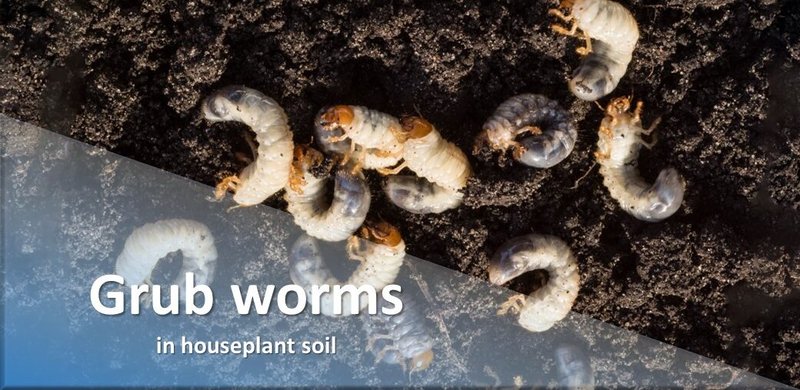
Grub worms, which include various types of larvae like the Japanese beetle larvae, tend to hang out in soil, munching on the organic material around them. While they can be a nuisance in your garden, the question remains: Are they harmful enough to make your compost unusable? Let’s dive into this and explore the ins and outs of composting soil that’s infected with these little guys.
Understanding Grub Worms and Their Role in Composting
Grub worms are the larvae of beetles, and they often live underground, feasting on grass roots and decaying organic matter. While they might not be your favorite garden companions, they play a role in the ecosystem. Some gardeners even argue that a few grubs in your compost can help break down materials more effectively.
However, too many grubs can lead to problems, especially if they start munching on your precious plants instead of just hanging out in your compost. So, how do you know whether the grubs in your soil are a minor nuisance or a major threat? A good rule of thumb is to check their numbers. If you see a handful, your compost might still be salvageable. But if you’re facing an infestation, it could spell trouble.
Can You Safely Compost Soil with Grub Worms?
If you’re pondering whether to compost soil infected with grub worms, the answer isn’t as clear-cut as one might think. In many cases, you **can** compost soil with a few grubs, but it’s crucial to assess the situation. Just like you wouldn’t want to share a meal at a crowded restaurant filled with rude diners, you might want to keep your composting process clean and healthy.
A beneficial approach is to **treat** or remove the grubs before adding soil to your compost pile. You can either:
- Take the soil out of circulation for a while
- Use natural methods, like introducing beneficial nematodes that will target the grubs
If you lean toward the natural side, beneficial nematodes could be a great option. They enter grubs and effectively take care of the little guys without harming your compost.
How to Identify Grub Worms in Your Soil
To decide whether your soil is suitable for composting, you first need to identify the presence of grub worms. Typically, these larvae are small, white, and C-shaped, ranging from about half an inch to an inch long. If you dig into the soil and spot these wriggly little guys, it’s time to assess how many you’re dealing with.
It’s also essential to consider the type of grubs you see. For instance, Japanese beetle grubs are notorious for damaging lawns and gardens, while some grubs are relatively harmless. Here’s how you can identify them:
- Look for their characteristic shape and size
- Check their color—most will be pale white or light brown
- Look for a presence of damage in your plants as a result of their feeding
If you see an alarming amount, it might be a sign your soil needs some extra care before composting.
How to Manage Grub Worms in Your Compost
If you’ve decided to tackle the grubs head-on, there are several methods to manage them effectively. A little preventative action goes a long way.
One effective strategy is to **enhance your composting process**. Keeping your compost pile hot (around 130°F to 160°F) can help kill off pests, including grubs. Here are a few tips to help you manage grubs in your compost:
- Turn your compost regularly to aerate it and maintain high temperatures.
- Use a mix of green (nitrogen-rich) and brown (carbon-rich) materials for optimal composting.
- Add dry leaves, straw, or wood chips to create a balanced environment.
By doing this, you not only encourage good bacteria to thrive but also create conditions that may make it difficult for grubs to survive.
Alternatives to Composting With Grub Worms
If you find that your soil is heavily infected with grub worms, you might consider alternative options. Composting is not your only choice. For instance, you could try:
- **Solarizing the soil:** Cover it with a clear plastic tarp to heat up the soil and kill grubs.
- **Diverting to a different area:** If feasible, you can use the soil in a non-planting area, such as an ornamental garden.
- **Creating a dedicated grub bin:** If you want to keep the soil, set up a separate composting area solely for grub-infested soil and let nature take its course.
By taking these steps, you can effectively manage your soil while minimizing any potential harm to your garden.
So, can you compost soil infected with grub worms? The short answer is: it depends. If you’re dealing with a small number of grubs, you can likely still use the soil for composting, especially with a few preventative measures. However, if you’re faced with a significant infestation, you may want to explore alternatives to ensure your compost remains healthy and effective.
Ultimately, composting is an ongoing journey of learning. With a little patience and proactive care, you can manage your compost and help your garden thrive. Remember to observe, adjust, and keep your compost processes clean. And who knows? You might just find that those little grubs become less of a nuisance and more of a part of your garden’s ecosystem!
